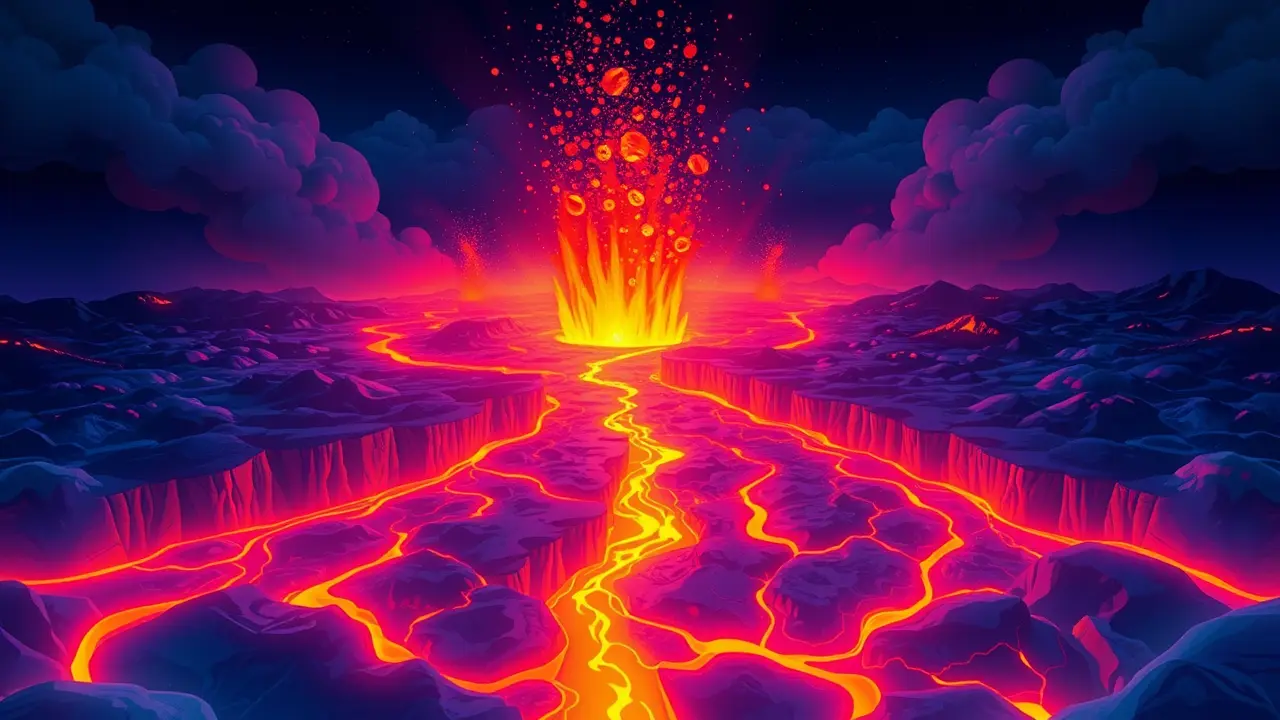
Scienceearth scienceVolcanology
Kilauea Volcano Erupts Lava in Hawaii National Park.
TH
Thomas Green
3 hours ago7 min read
The raw, untamed power of planetary forces was on full, spectacular display as Hawaii’s Kilauea volcano, a titan of the Pacific Ring of Fire, resumed its fiery performance within the confines of Hawaii Volcanoes National Park. The US Geological Survey’s latest footage is more than just a geological bulletin; it’s a live feed from the very engine of Earth’s creation, a mesmerizing river of incandescent lava spewing from fissures in a primal dance that both builds and destroys the Big Island’s landscape in real-time.This isn't an anomaly but a chapter in a saga millions of years in the making, a testament to the hot spot volcanism that has painstakingly constructed the entire Hawaiian archipelago from the abyssal plains of the ocean floor. For context, Kilauea is one of the world's most active volcanoes, a sprawling shield volcano whose periodic eruptions, like this one, are less like catastrophic explosions and more like the planet’s pressure valve releasing in a controlled, albeit awe-inspiring, simmer.This specific event, occurring within the secure bounds of the Halemaʻumaʻu crater, presents a relatively low risk to populated areas, allowing scientists an unparalleled front-row seat to study the complex plumbing systems and magma dynamics that drive such phenomena. Experts from the Hawaiian Volcano Observatory are meticulously tracking the lava’s composition, gas emissions like sulfur dioxide, and the subtle, tell-tale ground deformation that precedes and accompanies these outbursts, data crucial not only for local hazard mitigation but for refining our global understanding of volcanic behavior.Drawing a cosmic parallel, one could view Kilauea as Earth’s own analog to the volcanic processes we suspect shape the tortured surfaces of moons like Jupiter’s Io, a stark reminder that our world remains a dynamically evolving, living entity. The consequences ripple beyond mere geology; this eruption, while contained, influences local air quality, attracts a surge of cautious ecotourism, and serves as a profound cultural touchstone for Native Hawaiians, for whom Pele, the goddess of fire and volcanoes, is an ever-present and revered force. While the immediate spectacle captivates, the broader insight is one of humbling perspective: humanity’s endeavors are but a fleeting moment against the billion-year timescales of tectonic activity, and witnessing Kilauea’s glow is a privilege—a direct window into the immense energies that forged our world and continue to reshape it, day by day, eruption by eruption.
#featured
#Kilauea volcano
#eruption
#lava
#Hawaii Volcanoes National Park
#US Geological Survey
Stay Informed. Act Smarter.
Get weekly highlights, major headlines, and expert insights — then put your knowledge to work in our live prediction markets.
© 2025 Outpoll Service LTD. All rights reserved.